This is a free fortnightly newsletter about the New Zealand Net. If you would like to be notified by email when a new edition is published, please contact ZL1NZ.
Browse our Newsletter Archive and List of Net Tips.
Featured key

Begali HST Mk II single lever paddle. Photo: OE1CIW
The Begali HST design was inspired by home-made paddles seen at the High Speed Telegraphy Competition in 2008.
A simple design, the HST is built on a cast iron base. The contact spacing is adjusted by gold-plated screws on each side, and the screw on the front of the base adjusts the magnetic return force.
The current version is the Mk III, which can be seen in the video below.. It has a socket on top of the base for connecting the cable, unlike the Mk II (pictured above) which must be hard-wired to connections under the base.
All versions of the HST have a miniature toggle switch which changes the behaviour from paddle to sideswiper (see video).
The HST Mk III currently sells for €258 from Begali.
* If you have an interesting key for this feature, please send me a nice clear photo and a few words describing it.
Quick notes
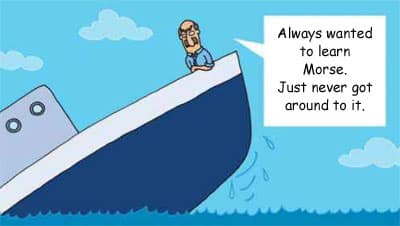 Another Memorial Contest has come and gone, and every year it seems to get quieter – on CW, at least. Thank you to NZ Netters ZL1ANY, ZL1XH, ZL1BWG, ZL2GD and ZL2GVA for the contacts! I have learned that you have to be prepared for this contest, by which I mean you need to have some activity planned to keep you occupied in between contacts. I am pleased to say that my inventory of valves is now much better organised. 🙂
Another Memorial Contest has come and gone, and every year it seems to get quieter – on CW, at least. Thank you to NZ Netters ZL1ANY, ZL1XH, ZL1BWG, ZL2GD and ZL2GVA for the contacts! I have learned that you have to be prepared for this contest, by which I mean you need to have some activity planned to keep you occupied in between contacts. I am pleased to say that my inventory of valves is now much better organised. 🙂
Back in the 1960s, the Memorial Contest ran from 2000 to midnight local time instead of the current 2000-2300 – and each station could be worked only once. In 1964, the top CW score was just 56 contacts (including 20 VKs and 5 DX). The Open class winner logged 101 contacts. So, things were certainly not easy back then. But, imagine how quiet it would be if we still had those rules! (Thanks to ZL1BWG for sending me the old rules and results.)
The ARRL Field Day had plenty of CW. I just happened to switch on the receiver during the contest and there were heaps of 599 signals on 20m in the mid afternoon, NZ time. I worked about 30 of them and was really impressed by the quality of the operators. In almost every case, they got my callsign on the first try – even though a ZL was probably not what they were expecting.
The Trans Tasman contest is one week away, on the 16 July. It’s a bit of a struggle for Kiwis, as it runs from 0800 to 1400 UTC – but at least it’s only one night. The contest is on 160, 80 and 40m. Get details.
Night of Nights on 13 July. Every year the Maritime Radio Historical Society fires up a hall full of transmitters to mark the anniversary of the final radiotelegraph message sent by a US commercial station. Night of Nights begins at 0001 UTC. It is a great opportunity to hear KPH, KFS and K6KPH. Copying these big signals in New Zealand is usually quite easy on several of their frequencies. Reception reports are always welcome via K6KPH (in radiogram format of course). Get details.
Who is this NZ Netter?
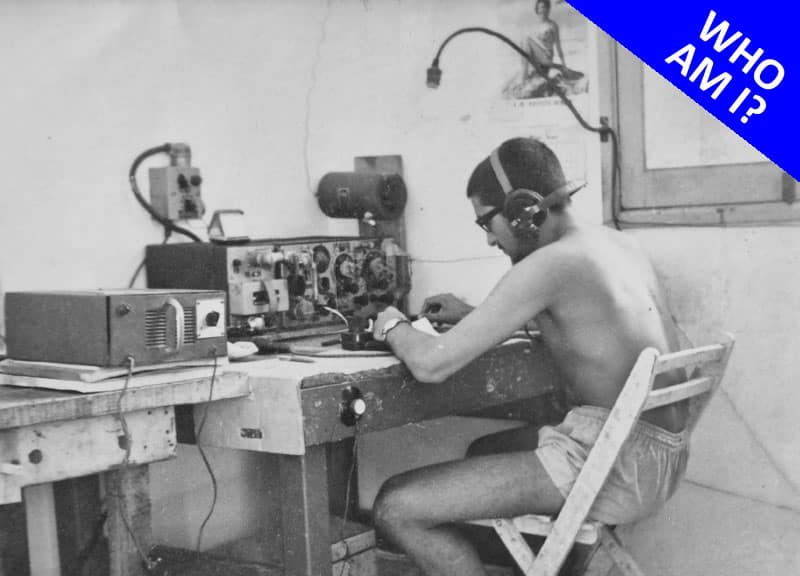
This photo features an operator who can be heard on the NZ Net. Who is it? Email me your guess (no radiograms for this one, please) including the person’s name and/or callsign.
Readers with the correct answer will get a mention in the next NZ Net News!
Answer to previous Who Am I?
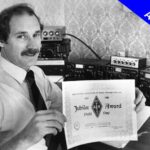 The radio amateur pictured in NZ Net News 83 was ZL1BFQ in Kaikohe when he won the 1986 Single Op category in Field Day. Nowadays Grant is known as ZL2GD – and he still has most of those radios! The correct answer was received from Manny VK3DRQ who recalled seeing a much more recent photo of Grant that we published a couple of years ago in NZ Net News. Although the moustache is long gone (and some of the hair on top too) the resemblance was still enough for Manny to make a very good guess.
The radio amateur pictured in NZ Net News 83 was ZL1BFQ in Kaikohe when he won the 1986 Single Op category in Field Day. Nowadays Grant is known as ZL2GD – and he still has most of those radios! The correct answer was received from Manny VK3DRQ who recalled seeing a much more recent photo of Grant that we published a couple of years ago in NZ Net News. Although the moustache is long gone (and some of the hair on top too) the resemblance was still enough for Manny to make a very good guess.
I need more photos to keep this feature going, so please send me a photo of yourself from at least 20 years ago. Radio-related photos are ideal, but not absolutely necessary. Thanks!
Net numbers
In June, our NZ Net operators set a record with 243 total check-ins, ten more than the old record.
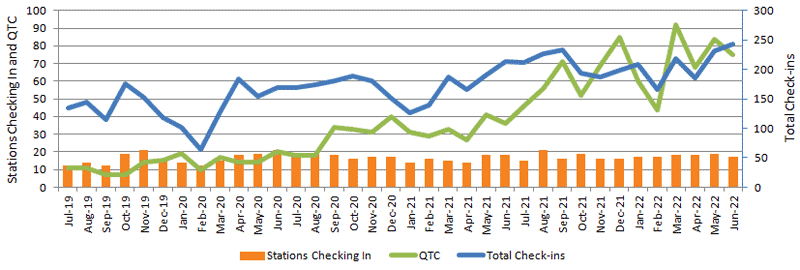
The final session of June was the 853rd since NZ Net began. Here’s the monthly report, as transmitted on the net:
NR30 R ZL1NZ 43/40 AUCKLAND 0900Z 1JUL22 = NZ NET = JUNE QNI VK3DRQ 22 VK4PN 16 ZL1AJY 8 ZL1ANY 20 ZL1BWG 20 ZL1NZ 22 ZL1PX 11 ZL1RA 21 ZL1RD 3 ZL2GD 19 ZL2GVA 18 ZL2KE 4 ZL2LN 9 ZL2TE 14 ZL3TK 22 ZL4CU 5 ZL4KX 9 TOTAL 243 QTC 75 = ZL1NZ
Morse musings
In NZ Net News 83, I wrote about “head copy” or head reading as I preferred to call it. That prompted Bruce ZL1BWG to write:
Arthur Stevens ZL1MT was extremely good at head reading. One day in the early 1970s, he went to a friend of mine’s house for a visit. While he was there my friend asked him if he would listen to a tape he had recorded to play to a class he was teaching at the time. He had recorded his Morse at about 15wpm so, just for the hell of it, he decided to up the speed of the tape recorder from 3 3/4 to 7 1/2 ips, so now of course the CW speed was around 30 wpm!
He ran the tape for two or three minutes, and was a little nonplussed because Arthur was looking around the room as well as out the window and didn’t appear to be paying much attention. My friend walked across the room and stopped the tape recorder. Arthur immediately snapped at him: “Why did you stop it there? It was just starting to get interesting!”
(The Arthur Stevens Trophy is presented each year to the highest-scoring South Island entrant in the Sangster Shield QRP CW contest.)
Audio challenge
In this series I have generally tried to provide audio samples of good operating, but this one is an exception!
See if you can identify this station and work out what the operator is trying to say.
Although the dots and dashes are fine, there are no word spaces at all. Here’s the wave form of the entire audio clip. No wonder it’s hard to copy.
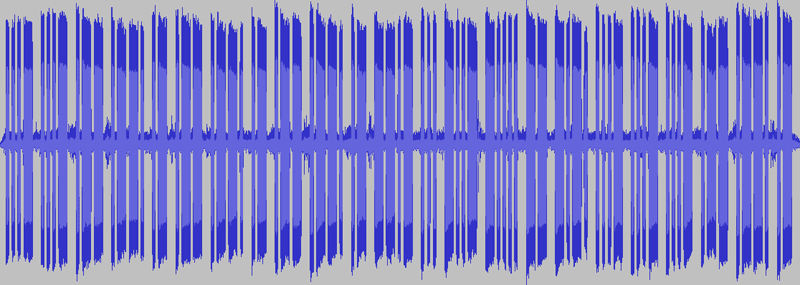
If you can work it out, please send me your answer via radiogram or email.
Answer to previous Audio Challenge
The station heard on the recording was 4XZ at Haifa, operated by the Israeli military (probably the Navy). Correct answers were received from VK2IC, VK3DRQ, ZL1ANY, ZL1AYN, ZL1BBW, ZL1BWG, ZL1HJ and ZL3TK.
ZL1BWG commented: “You can hear the same or a variant of it just below 40m and if you are really lucky you will hear them send 5-letter groups, but I have only heard this two or three times.”
A quick trip to Haifa
The recording of 4XZ reminded NZ Net News reader Gavin ZL1BBW of visiting Haifa during his career as a ship’s Radio Officer.
I got a call asking if I could get to Rotterdam by 6 o’clock that evening. The RO on a ship was unwell and the captain was refusing to sail with him.
I was told it would only be for a few days, maybe a week, so I grabbed a bag and got to Gatwick, where a ticket was waiting for me. Then a quick hop over to Rotterdam, being met by car and swiftly taken to the ship. That was an interesting situation, as the RO was being forcibly sent ashore to a hospital.
Anyway, QTO Rotterdam, to Lands End at full speed for orders, then Gibraltar full speed, then economical speed to Haifa. The ship was a big and very fast fruit carrier.
Anchored at Haifa, the Old Man came and said: “do you want a run ashore?”. I queried this, as I was still technically required to keep a watch. Anyway, for getting to the ship so quickly, they had arranged a personal guided tour of the holy land sites. Off the ship by a tender, picked up and had a memorable day in Jerusalem and Bethlehem, absolutely incredible.
A couple of days later we loaded oranges for Europe. Same as before: GLD for orders, then flat tack up the channel to Antwerp, where I paid off.
The gear on the ship was fantastic: autotune 2kW TX, everything synthesised so you could get on any freq. Had two radars, a 3cm for close-in work up to 20 miles and huge 10cm radar that went to about 50 miles. I think the ship did about 27 knots at full speed, so you certainly needed a good radar watch.
Video: Begali HST Mk III
Dreaming in Morse
One of our earliest NZ Net members, Dave ZL4LDY/WD8LDY has been off the air for quite a while due to technical issues that have prevented him operating the remote station in Blenheim from his home in Dunedin.
For those who may not be aware, Dave is blind and the accessibility to the remote station he once enjoyed came to an end when Adobe terminated the Flash software that his rig control system needed. Finding a replacement has been extremely hard, but Dave dreams of getting back on the air, and a few days ago found himself literally dreaming in Morse Code. Here’s his story:
This dream is very simple, and would have been easily achievable a couple years ago, but alas, practically impossible now, so this proves that it is only a dream.
I got on the W0ZSW remote, and called: CQ CQ CQ DE WD8LDY/ZL4 WD8LDY/ZL4 K.
Back came the immediate response: WD8LDY WD8LDY DE WB3LSL WB3LSL K.
That was all of the dream.
Of course, I always follow up on these things, so I made time to look that call up. Turns out, no one actually has it!
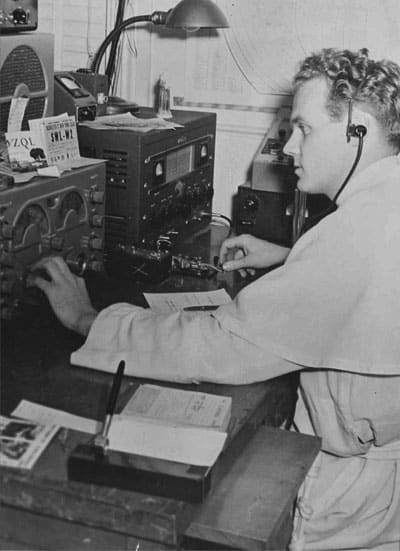 And so to bed, perhaps to dream
And so to bed, perhaps to dream
of far DX near stars that gleam,
where Rockets, Sputniks, Oscar 3
are circling there for all to see
and hear, those signals – maybe mine,
so many dB over nine,
bounce back from distances sublime,
where Silent Keys recall the time
when everybody had a key
and used the Code, not SSB,
and TVI was quite unknown,
with irate viewers on the phone.
So when at last my fuses blow,
and all my heaters cease to glow,
I’ll go to face my last exam,
They’ll let me in – I’ve been a Ham.
Words: George Choules VK3AHB (published in Break-In, February 1965)
Photo: Unknown
Net tip: The all-important pause
We used QNQ for the first time on NZ Net on 29 June 2022 and it worked well. If you’ve forgotten what QNQ means, it was covered in the Net Tips of NZ Net News 82. Here’s what it sounded like:
More recently, we’ve had a couple of cases where the QNQ did not work. In these cases, the third station sent off frequency was unable to make contact after the first two had finished passing traffic. There could be a few explanations for this, but one thing we can all do to minimise the chances of it happening is to pause for a few seconds before heading back to the net frequency from a QNY, in case somebody tries to call.
Advertising archive
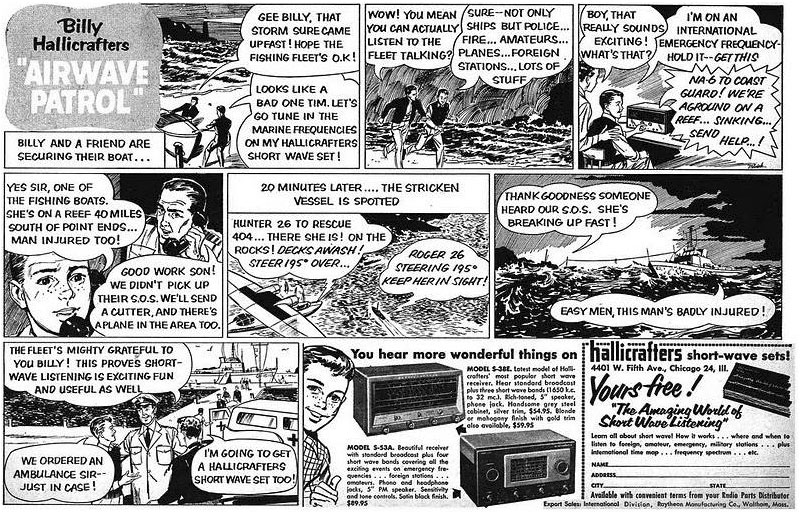
Suggestions?
If you have suggestions on how to make the NZ Net better, or things you’d like to see covered in these updates, please contact ZL1NZ. You might even like to write something for the newsletter.
Thanks for reading, and I hope to hear you soon on the NZ Net!
—
Neil Sanderson ZL1NZ, Net Manager
New Zealand Net (NZ NET)
3535.0 kHz at 9pm NZT Mon-Fri



